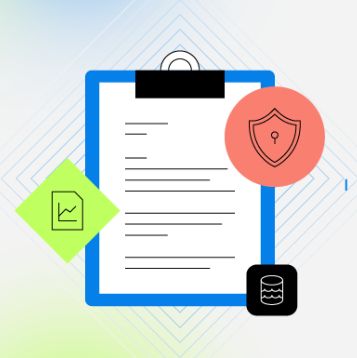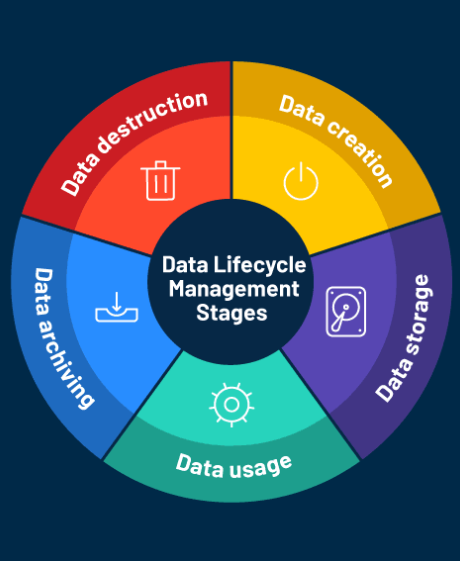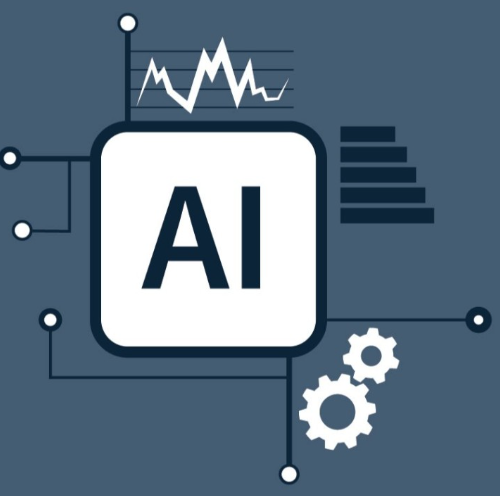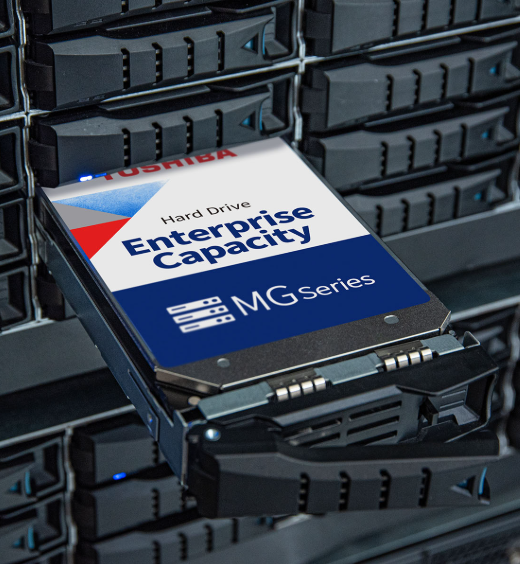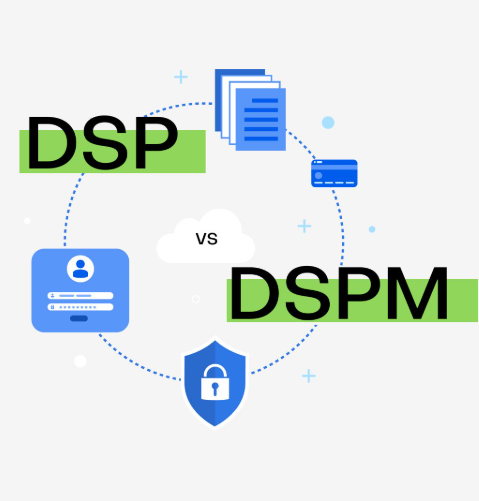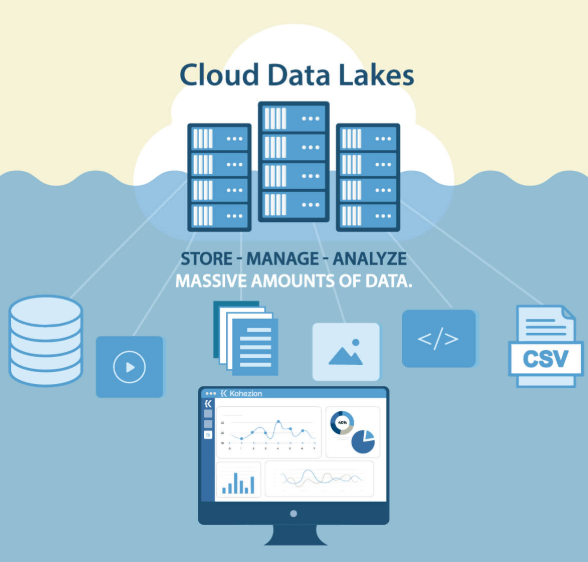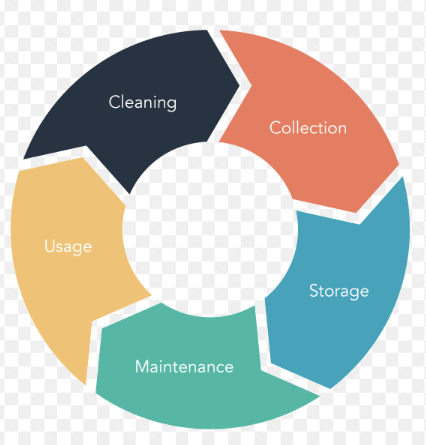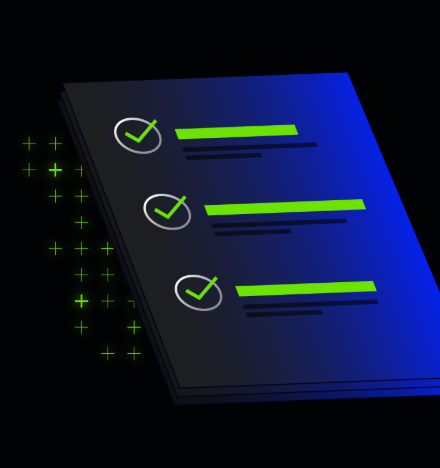
As businesses continue to gather vast amounts of data, managing unstructured information is becoming an increasingly important task. Unlike structured data that fits into neat tables, unstructured data appears in various forms such as text, images, and videos. Without the right tools, extracting actionable insights from this data can be a significant challenge. Below, we’ve highlighted some of the best unstructured data management tools to help you improve your data handling processes and extract valuable insights.
1. Congruity360 – Comprehensive Unstructured Data Management
Congruity360 offers an all-in-one solution for managing unstructured data. It provides an integrated platform that handles everything from data ingestion to advanced analytics, all within a scalable framework suitable for businesses of all sizes.
Key Features:
- A unified platform for managing diverse types of unstructured data
- Scalable architecture to accommodate the growth of data
- Robust analytics and reporting tools
Congruity360 is designed to offer flexibility, scalability, and in-depth data governance, making it ideal for businesses looking to manage unstructured data effectively.
2. Azure Cognitive Services – Advanced Text Analysis with NLP
Azure Cognitive Services offers an array of Natural Language Processing (NLP) tools that specialize in processing unstructured text data. Its powerful algorithms allow businesses to analyze sentiment, extract key phrases, and identify entities within text data.
Key Features:
- Sentiment analysis to gauge customer opinions
- Text analytics for extracting key phrases and entities
- Language understanding for context-aware applications
By integrating Azure Cognitive Services, businesses can extract actionable insights from large volumes of text, enhancing decision-making processes.
3. Google Cloud Vision AI – Unlocking Insights from Visual Data
Google Cloud Vision AI excels in analyzing visual unstructured data, including both images and videos. It automatically identifies objects, faces, and text, providing valuable metadata that can be used to gain insights from visual content.
Key Features:
- Object and text recognition within images
- Video analysis to detect activities and extract metadata
- Optical Character Recognition (OCR) for text extraction from images
Retailers, media companies, and healthcare providers can all benefit from using this tool, as it enables smarter decisions based on visual data.
4. Amazon S3 – Robust Data Storage for Unstructured Data
Amazon S3 is a well-known solution for storing large amounts of unstructured data. Known for its scalability and durability, S3 integrates seamlessly with other AWS services, making it an excellent choice for businesses with substantial data needs.
Advantages:
- Unlimited storage capacity for large datasets
- High availability and durability
- Integration with AWS analytics and machine learning tools
Amazon S3’s ability to scale effortlessly makes it an essential tool for businesses looking to store and access unstructured data efficiently.
5. MongoDB – NoSQL Database for Flexible Storage
MongoDB is a NoSQL database known for its flexibility and scalability. It allows businesses to store unstructured data in a document-based format, providing efficient data retrieval and query capabilities.
Key Benefits:
- Schema-less design for flexible data modeling
- Horizontal scalability for handling growing data
- Advanced querying capabilities
MongoDB’s ability to support large-scale, high-velocity data makes it an excellent choice for businesses of any size, from startups to large enterprises.
6. Apache Spark – Big Data Processing at Scale
Apache Spark is a big data processing framework that can handle massive datasets in real time. Its high-speed processing capabilities and integration with other big data tools make it a preferred choice for organizations dealing with large volumes of unstructured data.
Key Features:
- In-memory computing for faster data processing
- Real-time stream processing with Spark Streaming
- Compatibility with Hadoop and other big data frameworks
Spark’s ability to process vast amounts of unstructured data in real time is critical for organizations looking to make quick, data-driven decisions.
7. Elasticsearch – Powerful Search and Indexing Tool
Elasticsearch is a search and analytics engine designed to handle full-text search and indexing for unstructured data. Its scalability and high-speed performance allow organizations to improve data discoverability.
Key Features:
- Real-time indexing and searching of large datasets
- Supports complex queries and data aggregation
- Enhances the discoverability of unstructured data
From search functionalities in web applications to log and event data analysis, Elasticsearch ensures that your unstructured data is easily accessible.
8. Apache NiFi – Data Integration and Transformation
Apache NiFi is a versatile tool designed for automating data flow between systems. It is ideal for businesses that need to handle diverse unstructured data sources and perform data transformations.
Key Features:
- Automates data ingestion, transformation, and delivery
- Supports a wide variety of data formats and protocols
- Real-time data flow monitoring
Apache NiFi’s ability to integrate with various data sources and manage real-time data flow makes it a valuable tool for organizations looking to streamline their unstructured data management processes.
Conclusion
In today’s data-driven world, managing unstructured data is essential for gaining meaningful insights. Whether you’re analyzing text with Azure Cognitive Services or managing vast datasets with Congruity360, these tools offer unique capabilities that can help businesses navigate the complexities of unstructured data. By leveraging the right solutions, you can optimize your data management strategies and stay ahead in an increasingly competitive landscape.













